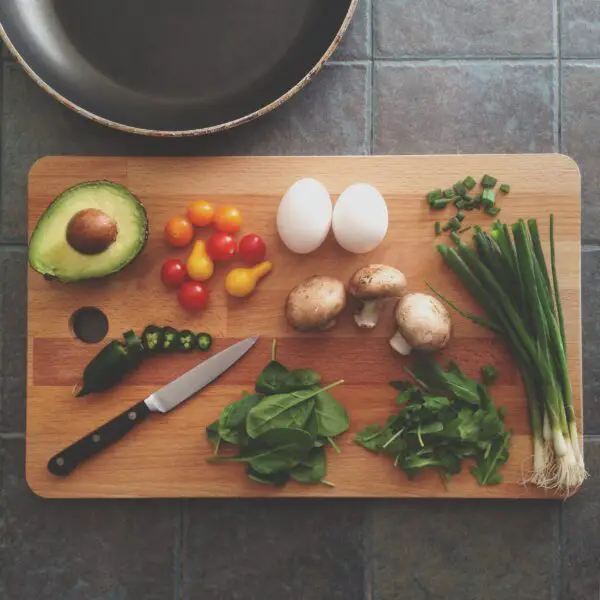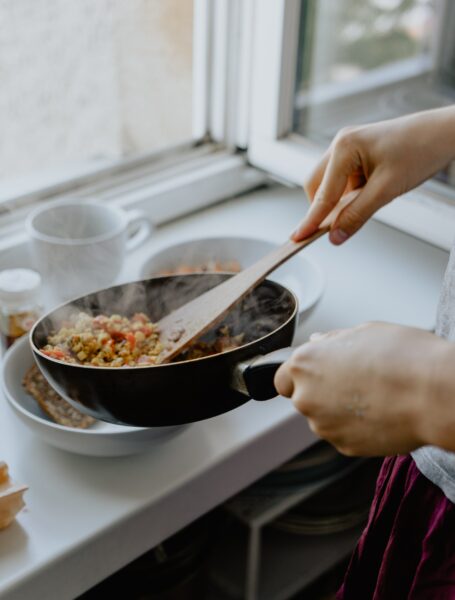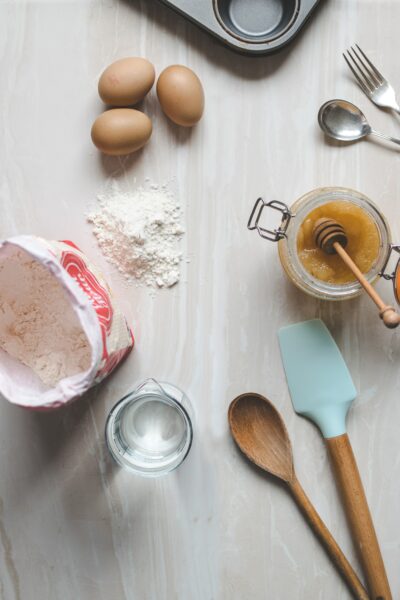Have you ever wondered if it’s possible to freeze lobster after cooking? In this article, we’ll answer that question for you. We’ll explore whether freezing affects the taste and texture of cooked lobster, and provide some tips on how to properly freeze and thaw lobster. By the end, you’ll have a clear understanding of whether freezing is a viable option for preserving leftover lobster.
Is it Safe to Freeze Seafood After Cooking?
Yes, freezing cooked prawns option is safe as long as they are stored properly. Make sure to allow the cooked seafood to cool completely before freezing to prevent bacterial growth. Use airtight containers or freezer bags to maintain freshness. When reheating, ensure that the seafood reaches an internal temperature of 165°F to kill any potential bacteria.
Can You Freeze Lobster After Cooking
Lobster is a delicacy enjoyed by many seafood enthusiasts. Whether you’ve splurged on a fancy lobster dinner or caught your own fresh lobster, you may find yourself wondering if it’s possible to freeze lobster after cooking. The good news is that yes, you can freeze lobster after cooking, but there are some important steps to follow to ensure that it remains safe and retains its quality.

Understanding the Freezing Process
Before delving into the specifics of freezing lobster, it’s important to understand how the freezing process affects the meat. Freezing lobster can cause enzymatic reactions within the meat, which can lead to changes in texture and flavor. Additionally, the freeze-thaw cycle can further impact the texture of the lobster. Therefore, it’s crucial to take proper steps to minimize these effects.
Preparation before Freezing
Before freezing cooked lobster, it’s essential to properly prepare it. Begin by cleaning and shucking the lobsters, removing any unwanted parts. Cooking the lobsters properly is also crucial to maintain the best quality. Boiling or steaming the lobster until the meat is fully cooked is recommended.
Once the lobsters have been cooked, it’s important to remove the meat from the shell. This can be achieved by carefully cracking the shell and extracting the meat. Make sure to keep the meat intact and separate it from any remaining shell fragments. After removing the meat, chill and cool it thoroughly before proceeding with the freezing process.

Proper Packaging Techniques
Proper packaging is key to preserving the quality and texture of frozen lobster. Select suitable containers that are specifically designed for freezing. Make sure they are airtight and can withstand freezing temperatures. Plastic containers or freezer bags are popular options for packaging lobster meat.
When packaging the lobster meat, it’s important to wrap it tightly to prevent any air or moisture from entering. Excess air can cause freezer burn, leading to a degradation of quality. Seal the packages securely to ensure that they are airtight. This will also prevent any odor transfer from other foods in the freezer.
Labeling and Dating
Properly labeling and dating the packages is crucial for keeping track of your freezer inventory. Include the date of freezing and the contents of each package. This will help you identify the lobster and ensure that it is consumed within a reasonable timeframe.
Keep in mind that frozen lobster should be consumed within a few months for the best quality. While it may still be safe to eat after this period, the taste and texture may not be optimal. Keeping a log of your freezer inventory and rotating the packages accordingly can help prevent any food waste.

Freezing Lobster Tails
If you have lobster tails, freezing them is a slightly different process compared to freezing whole lobsters. Begin by choosing the right lobster tails. Look for tails that are firm, fresh, and free from any unpleasant odors.
To prepare the lobster tails for freezing, you can either boil or steam them until fully cooked. Once cooked, remove the tail meat from the shell. Be careful to keep the meat intact and free from any shell fragments. After this, proceed with packaging the lobster tails using the techniques mentioned earlier.
Freezing Whole Lobsters
If you have cooked whole lobsters, the process of freezing them is slightly more involved. Start by cooking the lobsters thoroughly, using boiling or steaming methods. Once cooked, carefully extract the meat from the shell, keeping it as intact as possible.
To package whole lobsters, you can wrap them tightly in plastic wrap or place them in airtight containers. Additionally, it is recommended to brush the meat with a small amount of butter or oil to help preserve its flavor and texture.
Thawing Frozen Lobster
When it comes time to use the frozen lobster, it’s important to thaw it properly to maintain the best quality. The refrigerator method is the safest and most recommended way to thaw frozen lobster. Simply transfer the package from the freezer to the refrigerator and allow it to thaw slowly overnight. This gradual thawing process minimizes any texture changes and preserves the flavor.
If you’re short on time, you can also thaw frozen lobster using the cold water method. Place the sealed package in a bowl of cold water, making sure to change the water every 30 minutes to maintain a constant cold temperature. However, avoid using hot or warm water or thawing lobster in the microwave, as these methods can result in uneven thawing and potential food safety issues.
Cooking Frozen Lobster
Once thawed, you can cook the lobster in a variety of ways. From grilling and broiling to steaming or boiling, there are many options to choose from. When cooking lobster that has been frozen, it’s important to adapt cooking times and methods slightly. It may take slightly longer to reach the desired cooked state compared to fresh lobster.
To ensure the best results, avoid overcooking or undercooking the lobster. Overcooking can result in a tough and rubbery texture, while undercooking may leave you with raw or underwhelmingly cooked lobster. Always follow cooking instructions or consult a reputable recipe to achieve the perfect doneness.
Quality and Shelf Life of Frozen Lobster
Frozen lobster can maintain its quality for several months when properly stored. However, it’s important to note that the longer it is frozen, the more potential there is for a decline in quality. The taste and texture may gradually deteriorate over time, so it’s best to consume frozen lobster within a few months of freezing for the best experience.
Conclusion
In conclusion, it is possible to freeze lobster after cooking, allowing you to enjoy this delicious seafood delicacy at a later date. By following the proper freezing, packaging, and labeling techniques, you can preserve the quality and flavor of the lobster. Remember to thaw the lobster correctly before cooking and adapt cooking times and methods as necessary. With these steps, you can confidently freeze lobster after cooking and enjoy it in the future without sacrificing taste or texture.

